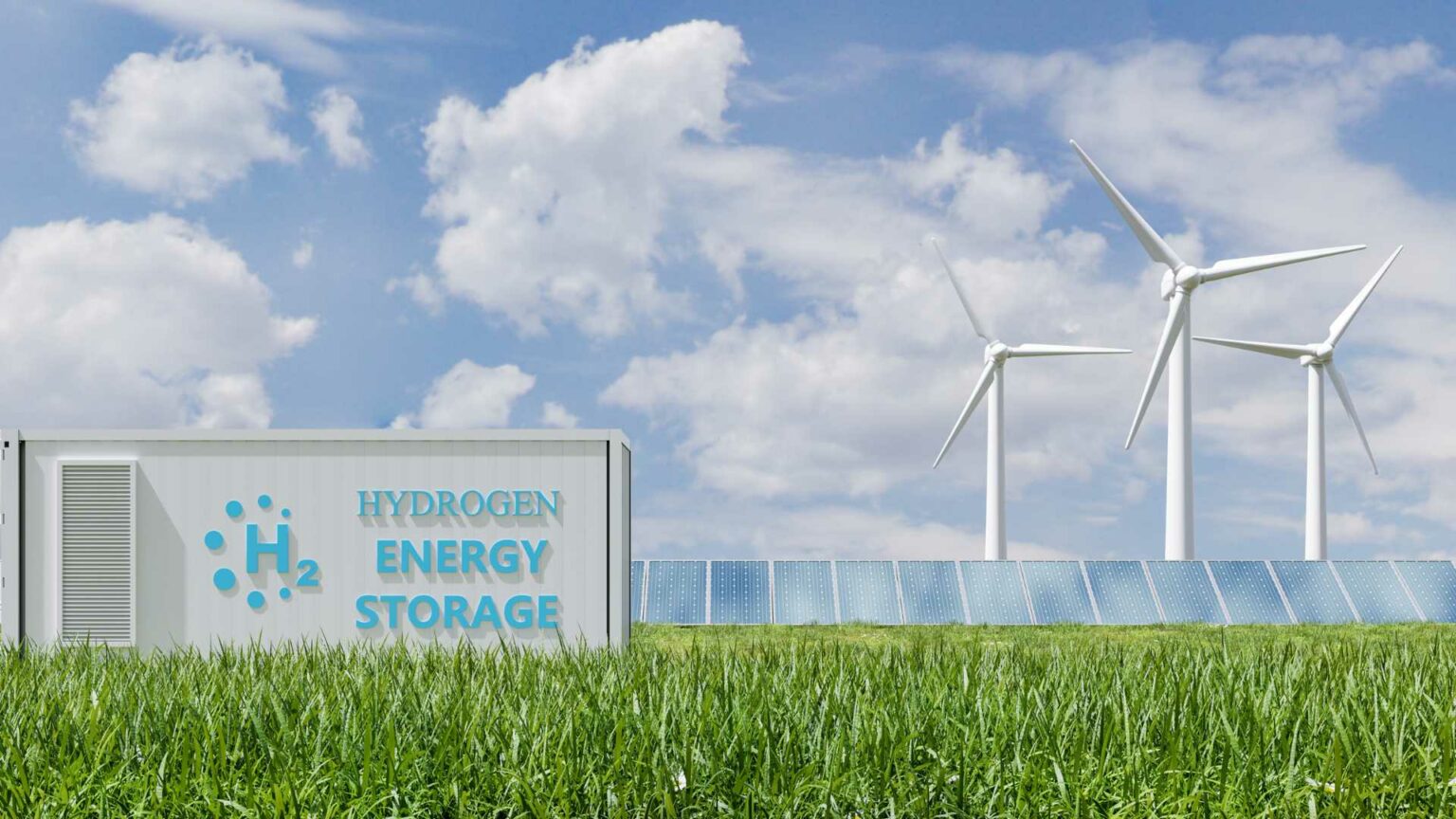Recent studies depict a critical statistic—hydrogen storage demands temperatures as low as -253 °C or pressures reaching 700 bars, posing technological hurdles that are not easily surmounted.
Intriguingly, comparable to water bearing the dual nature of life sustenance and disaster, hydrogen embodies a promise for sustainable energy and a quandary of storage inefficiency.
The present hydrogen storage dilemma is exacerbated by the economic constraints underscored by market data. Electrolysis, a primary production method, languishes at 60–80% efficiency, compounding production costs around $5 per kg. For hydrogen to assert itself competitively within the energy market, these figures are far from adequate—a minimum efficiency threshold of over 80% and production costs dropping to below $2/kg are requisite. This context sets the stage for understanding the market’s stakes: transitioning to economically viable hydrogen energy is contingent upon breaking through these prohibitive barriers.
While the common narrative often frames renewable energy as a monolithic advancement, deeper analysis reveals a patchwork of complex dependencies, none more so than in hydrogen’s production and storage. Storage technologies, divided into gaseous, liquid, and solid-state, each present distinct challenges. Contrary to the simplistic portrayal of hydrogen as a universal panacea, these varied storage methodologies underscore the nuanced realities facing prospective widespread deployment.
The pressing nature of these challenges is starkly emphasized by population projections that signal an imminent spike in global energy demands, potentially exceeding current levels by a significant margin as we approach a global population of 9.7 billion by 2050. A staggering 80% of today’s energy is derived from fossil fuels, contributing heavily to greenhouse gas emissions. This reliance not only propels climate change but also highlights the urgency of seeking alternative energy solutions including hydrogen.
As urbanization burgeons, conventional energy models falter under immense strain. Herein enters hydrogen, touted for its capacity to fit within the low-carbon puzzle. Yet, juxtaposing hydrogen’s promise with its current technological limitations creates a narrative tension that is pivotal for understanding its role in the global energy ecosystem. These high expectations are often mitigated by the compelling need for breakthroughs in storage science—specifically within materials like metal hydrides, chemical storage, and advanced composite materials.
Beyond simple bullet-point assessments, thoughtful exploration of these issues reveals a complex weave of cause and effect. Strides in storage methodology directly impact economic viability, evidenced by the continued disparity between aspirational hydrogen costs and current market constraints. Could novel developments in chemical storage or composite methods offer reprieve from existing pressures? Proponents argue that such innovations may diminish the reliance on extreme temperature or pressure conditions, addressing core inefficiencies.
Data-Driven Analysis
Embedded within this discourse is the supporting mesh of verifiable data documenting both incremental advancements and persistent setbacks. For instance, new methods in chemical storage propose enhanced safety and capacity, yet unresolved technical parameters continue to reflect systemic economic inefficiencies. Performance metrics lag behind industry expectations while competitive benchmarks remain aspirational at best.
Technical discourse in hydrogen technology does not shy away from addressing such realities. Industry standards continually adapt, attempting to marshal sufficient regulatory frameworks that balance safety with economic feasibility. Will the current trajectory of innovation indicators shift dramatically to reflect these multifaceted demands? The possibility remains open, substantiated by ongoing improvements in hydrogen’s efficiency and affordability. Yet, while innovation stirs hope, the market’s final acceptance will rest predominantly on executed application and visible returns.
Hydrogen’s journey, therefore, oscillates between visionary aspiration and tangible impediment. This synthesis of perspectives not only educates on foundational evidence but encourages a deeper scrutinization of emerging technologies—embedding a narrative rich in complexity, engaging in genuine critical discourse, and challenging the status quo without resorting to unmitigated optimism.
Stay updated on the latest in energy! Follow us on LinkedIn, Facebook, and X for real-time news and insights. Don’t miss out on exclusive interviews and webinars—subscribe to our YouTube channel today! Join our community and be part of the conversation shaping the future of energy.
